Ever found yourself with extra pizza dough? I’ve turned mine into bread countless times, proving there’s no need to waste a good thing.
It’s a simple, satisfying twist that could turn into your next kitchen favorite.
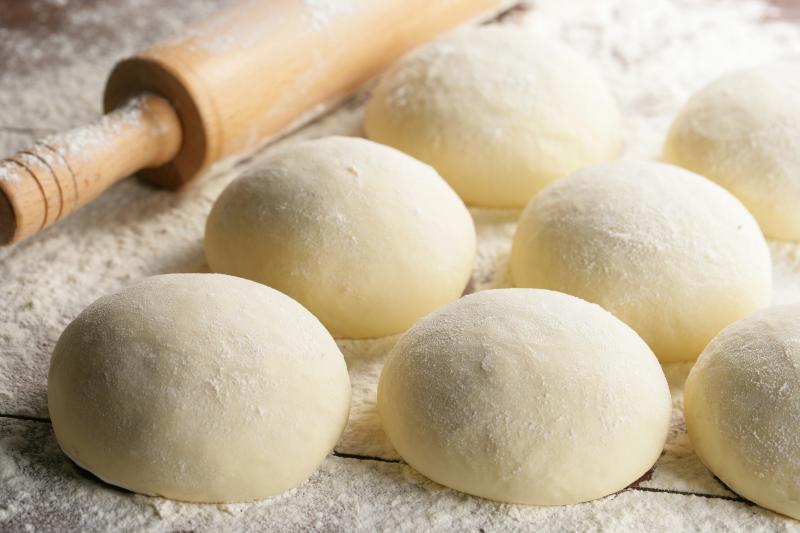
Here we’re not trying to snag a prize at the the Coupe du Monde de la Boulangerie, so using leftover pizza dough for bread is totally okay.
So, let’s roll up our sleeves and dive into how you can transform that leftover pizza dough into a loaf of bread that might just become your next favorite kitchen hack.
Highlights
- Common Ingredients, Different Treats: Bread and pizza share basic ingredients—yeast, flour, water, and salt.
- Flour Types Set Them Apart: The choice of flour—’00’ for pizza, often stronger for bread—plays a crucial role in distinguishing their textures, from stretchy crusts to robust loaves.
- Subtle Variations—Big Impact: The key difference between pizza and bread dough lies in water content and kneading, shaping their unique textures and finishes.
In this article:
From Ancient Grains to Pizza Crusts
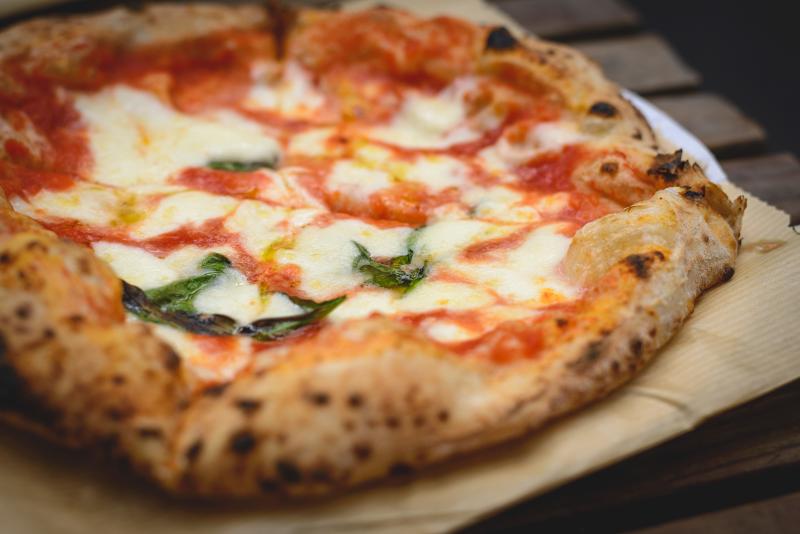
Bread, in all its glorious forms, has been a staple on the dinner table for thousands of years, with the earliest crumbs of evidence dating back to a whopping 14,000 years ago. Makes you wonder if they had to toast it over an open fire, doesn’t it?
Pizza dough, on the other hand, made its grand debut in Naples, Italy, in the 18th century — at least, that’s the story according to proud Italian tradition.
At their core, bread dough and pizza dough share many similarities. Both are made from the same basic ingredients: yeast, flour, salt and water.
However, the differences lie in the proportions of these ingredients and the method of preparation. Pizza dough typically has a higher water content, leading to a thinner, crispier crust when baked.
Water Content and Flour Type in Pizza Dough
When a chef uses pizza dough to make bread, adjusting the water content may be necessary to achieve the desired texture and structure of the specific type of bread being created.
This adjustment helps in achieving the right balance between elasticity and firmness, ensuring the bread rises properly and has the intended crumb and crust characteristics.
Pizza dough, known for its stretchy and pliable texture, typically boasts a hydration level between 60-70%, achieved with the use of ’00’ flour, which lends itself to a tender crust.
In contrast, bread dough might have slightly less water of 55-65% to support a sturdier structure that can hold up more air for a lighter, fluffier interior.
Key Adjustments for Bread Making with Pizza Dough
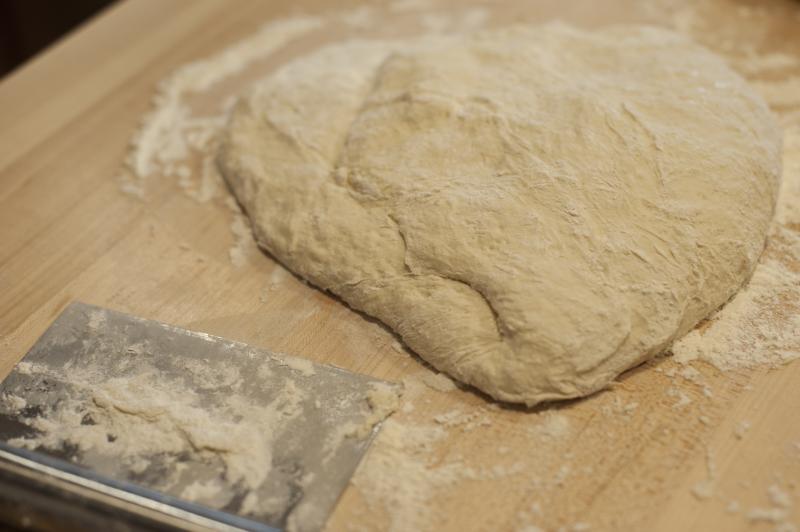
Here are essential tweaks for turning pizza dough into bread:
- Evaluate the Original Pizza Dough: Start by assessing the hydration level. Pizza dough is often around 60-70% hydration (where hydration level is the percentage of water to flour by weight).
- Determine Desired Hydration for Bread: Decide on the desired hydration level for the type of bread you’re making. For example, a rustic loaf might do well with higher hydration (around 70-75%), while a denser, sandwich-type bread might be lower (around 60%).
- If the Dough Feels Too Wet: Sprinkle a little flour over your dough and gently fold it in. This should be done sparingly, as the goal is to slightly adjust the texture without fundamentally changing the dough’s character. This step is best performed just before shaping the dough for its final rise, ensuring it’s not too sticky to handle. Adjusting the hydration of already prepared pizza dough for bread making requires a careful and minimal approach!
- If the Dough Seems Too Dry: Lightly dampen your hands with water and gently work the dough, allowing it to absorb the moisture from your hands. This method offers a controlled way to introduce additional moisture without risking the dough becoming too wet.
- Consider Flour Type: If the pizza dough was made with ’00’ flour, which is finely milled and has a high protein content, it might still work well for bread. However, for certain types of bread, you might want to mix in some bread flour to provide additional strength and structure due to its higher gluten content.
- Baking Adjustments: Hydration affects baking time and temperature. Higher hydration breads often benefit from a hot oven and steam to create a crispy crust, while lower hydration doughs might bake at a slightly lower temperature for a longer period to ensure they are cooked through without burning the crust.
The adjustment process isn’t just about following a recipe; it’s about feeling your way through the dough to achieve the perfect texture for your bread.
Transforming Pizza Dough into Bread
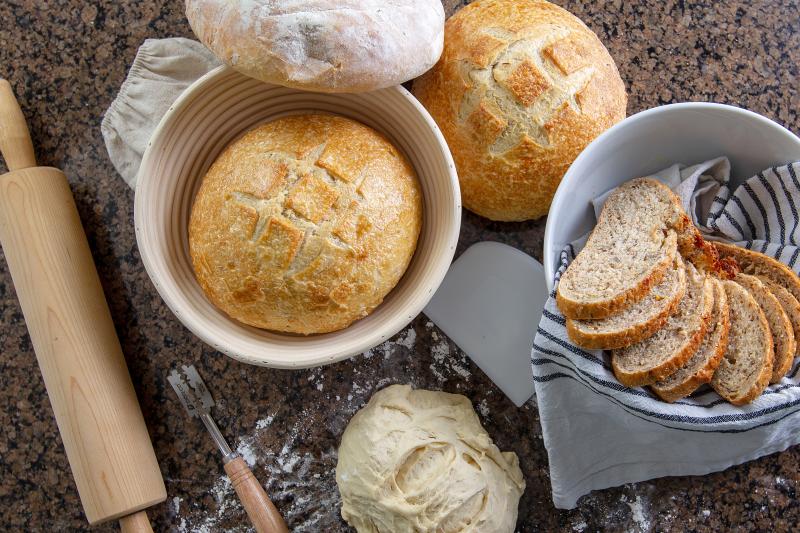
Here are straightforward steps to help anyone turn their homemade or store-bought pizza dough into a delicious loaf of bread:
1. Proofing the Pizza Dough
Start by letting your pizza dough rest at room temperature (between 68°F to 75°F or 20°C to 24°C) for about 1 to 2 hours.
If you’re aiming for a more developed flavor, you can also let it proof in the refrigerator overnight. This slow rise enhances the dough’s texture and taste. Just remember to bring it back to room temperature before shaping!
2. Shaping the Loaf
Once your dough has doubled in size and is full of air, it’s time to shape it. Gently deflate the dough on a lightly floured surface, then shape it into a round or oval loaf, depending on your preference.
Be careful not to overwork the dough, as you want to keep some of those air bubbles for a light, airy bread.
3. Baking the Bread
Preheat your oven to 425°F (220°C) with a pizza stone or an inverted baking sheet inside. This step is crucial for achieving a crispy crust.
Transfer your shaped loaf onto parchment paper for easy handling, then slide it onto the preheated stone or baking sheet.
Bake for about 20-25 minutes, or until the bread is golden brown and sounds hollow when tapped on the bottom.
Key Pitfalls to Avoid

Remember, the key to perfect pizza bread lies in not rushing the process. Allow the dough to proof fully for a light texture, shape it gently to retain air, and bake at a high temperature for that ideal crust.
- Overproofing: Results in a dense loaf. Monitor the dough, checking after 1 hour and then every 15-30 minutes. It should double in size. Use the poke test: if an indentation slowly fills back, it’s ready; if it stays, it’s overproofed.
- Underproofing: A loaf that hasn’t risen properly will be dense and might have a heavier, more compact texture than desired. It often results in a bread that’s undercooked on the inside.
- Incorrect Oven Temperature: Baking at too high a temperature can burn the crust, while too low a temperature may leave the inside undercooked. Aim for 425°F (220°C) for optimal results.
- Not Slashing the Top: Causes uneven expansion and shape. Make a few shallow cuts on top of your loaf right before baking.
- Skipping Steam: To achieve a crispy crust and proper expansion, introduce steam by placing a pan of water on the oven’s bottom rack or spraying the oven walls with water after placing the bread inside.
- Inadequate Kneading: Leads to poor gluten structure and a dense loaf. Dough must be smooth and pass the windowpane test, where it stretches thin without tearing, to ensure proper structure.
- Using Old Yeast: Affects the rise, leading to a dense loaf. Ensure yeast is active for a good rise.
Bread Variations from Pizza Dough
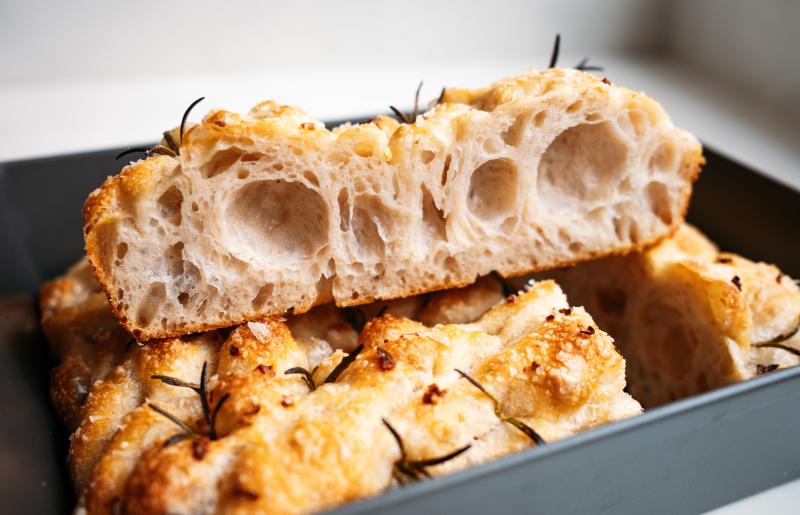
1. Baguettes
Shape the pizza dough into long, thin loaves. Perfect for sandwiches or alongside a hearty soup, they bake up with a golden crust.
2. Rolls
Form the dough into small rolls, ideal for dinner parties or family meals. They’re versatile and bake quickly.
3. Flatbreads
Flatten the dough for easy-to-make flatbreads, excellent for wraps or as a base for custom pizzas. They offer a nice canvas for various toppings.
4. Focaccia
For a savory option, make focaccia by pressing dimples into the dough, then drizzling with olive oil and sprinkling sea salt and rosemary on top before baking. It adds a rich flavor that complements many meals.
Why You’ll Love Turning Pizza Dough into Bread
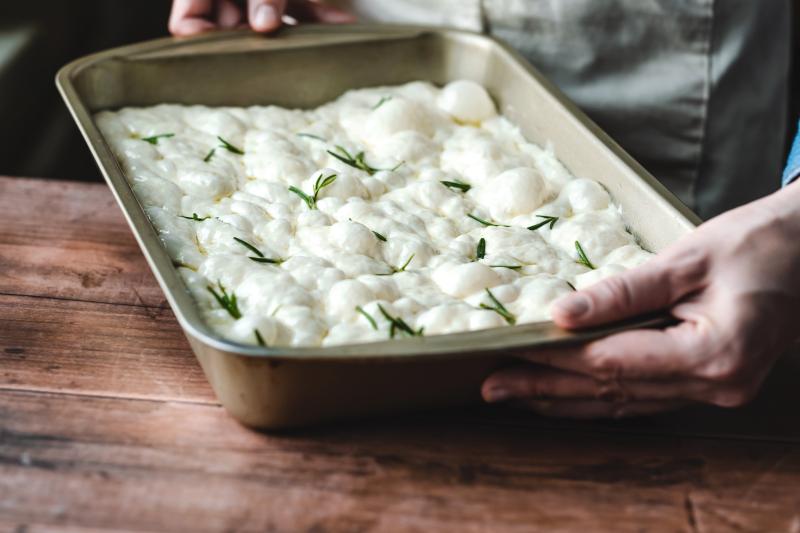
Using pizza dough as a base for bread comes with several advantages.
First, it’s incredibly versatile. As we’ve seen, you can shape it into various types of bread, from baguettes to rolls to flatbreads.
Second, it’s cost-effective. Making your own bread from pizza dough can be cheaper than buying bread from the store, especially if you bake regularly. Plus, if you’ve made too much pizza dough, turning it into bread is a great way to use it up and avoid waste.
Finally, it’s a time-saver. Pizza dough typically requires less kneading than bread dough, and it can be stored in the fridge for several days, ready to be shaped and baked whenever you need fresh bread.
Frequently Asked Questions
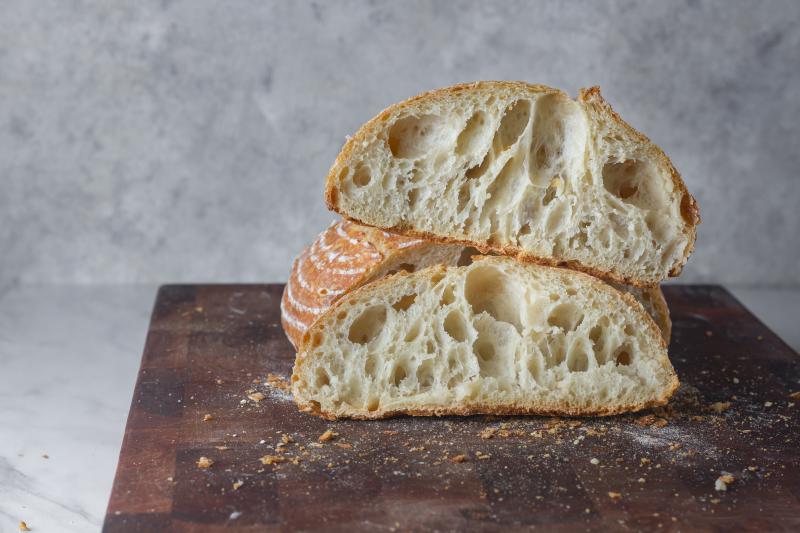
Does pizza flour make good bread?
Yes, pizza flour, also known as ’00’ flour, can make excellent bread. It’s finely milled and high in protein, which helps to create a light, airy, and chewy bread with a crisp crust.
Can you use pizza dough yeast for bread?
Yes, the yeast used in pizza dough is the same as that used in bread. It helps the dough rise and gives the bread its light and airy texture.
Can you substitute bread flour in pizza dough?
Yes, bread flour can be used in pizza dough. It has a higher protein content than all-purpose flour, which can result in a dough that’s more elastic and can hold its shape better.
Final Thoughts
In my opinion, using pizza dough for bread is a fun and rewarding baking adventure. It’s versatile, cost-effective, and time-saving. Plus, the results are delicious!
I hope you’ve found this guide helpful and inspiring.
If you have any questions or comments, or if you’ve tried making bread from pizza dough and want to share your experiences, please feel free to reach out.